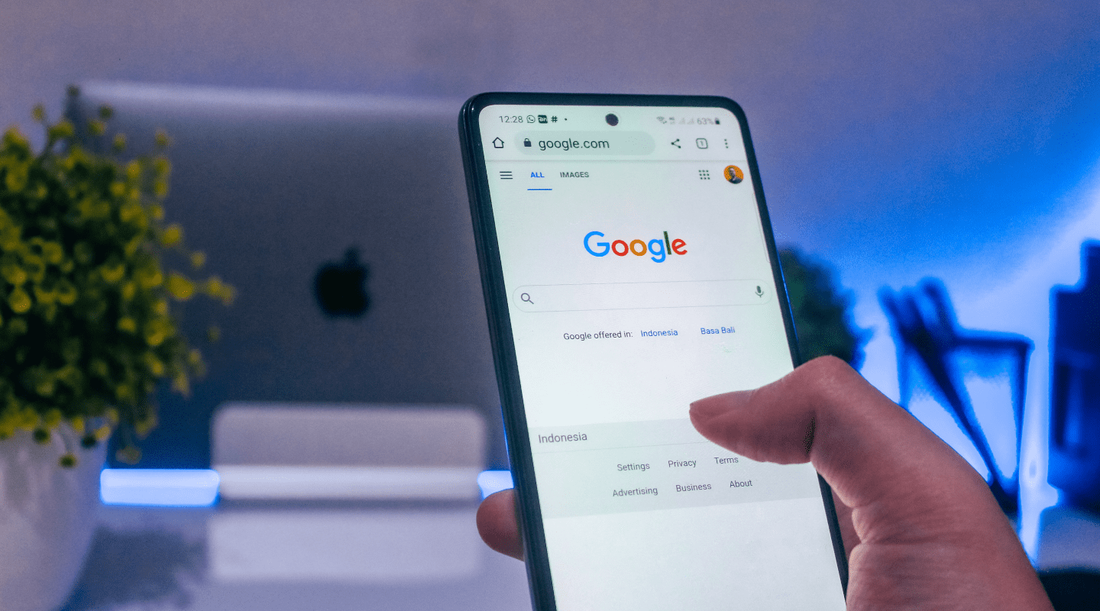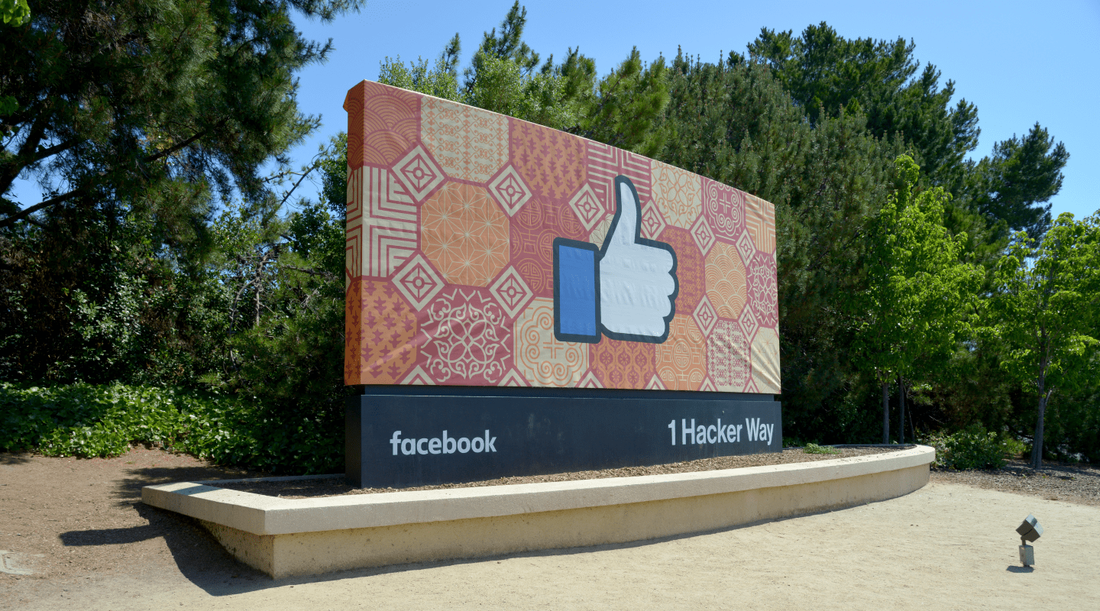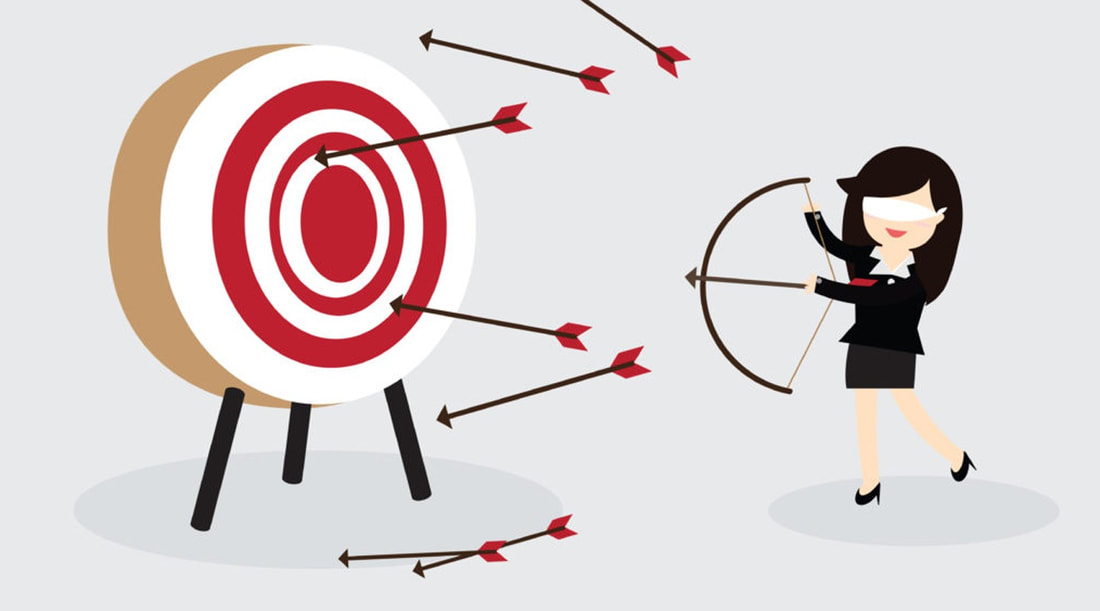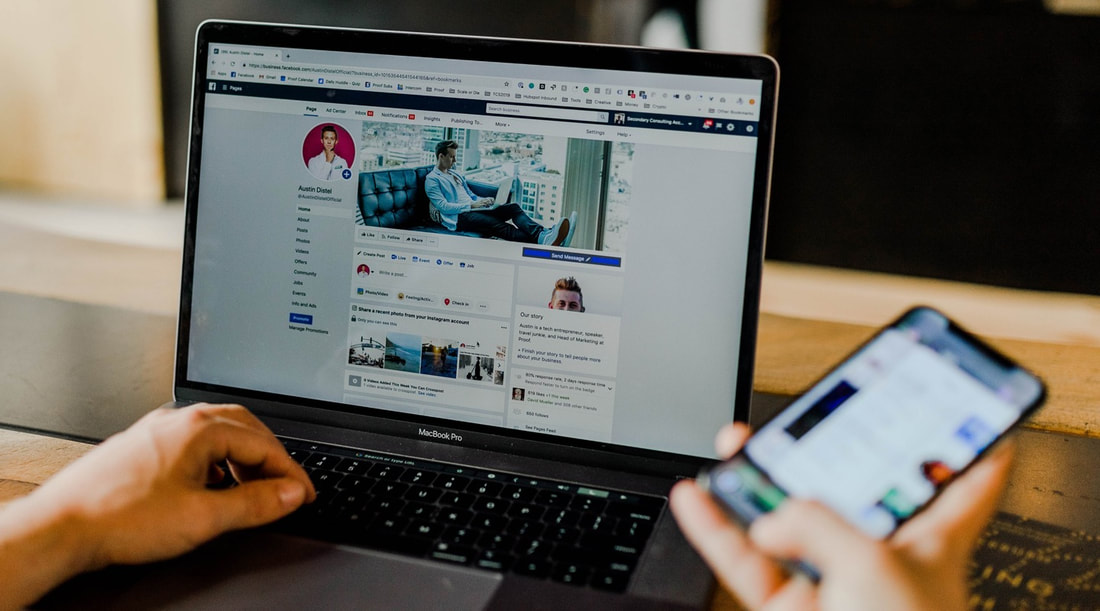Unleashing the Potential of Ad Reels in Digital Marketing: Captivating, Digestible, and Relatable6/14/2023 Felipe Fuentes.
0 Comments
|
Mark harnettExperienced online marketer with an analytical approach to driving profitable customer acquisition through rigorous testing, landing page and registration testing and improvements as well as customer value and retention analysis Archives
June 2023
Categories |
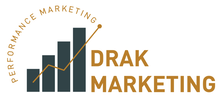
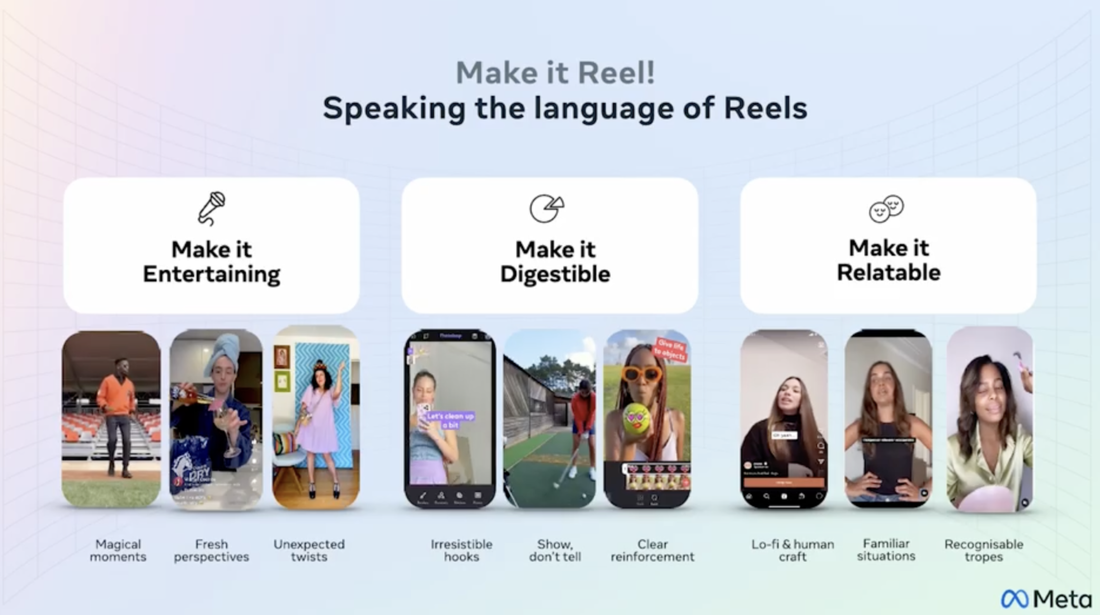
 RSS Feed
RSS Feed 